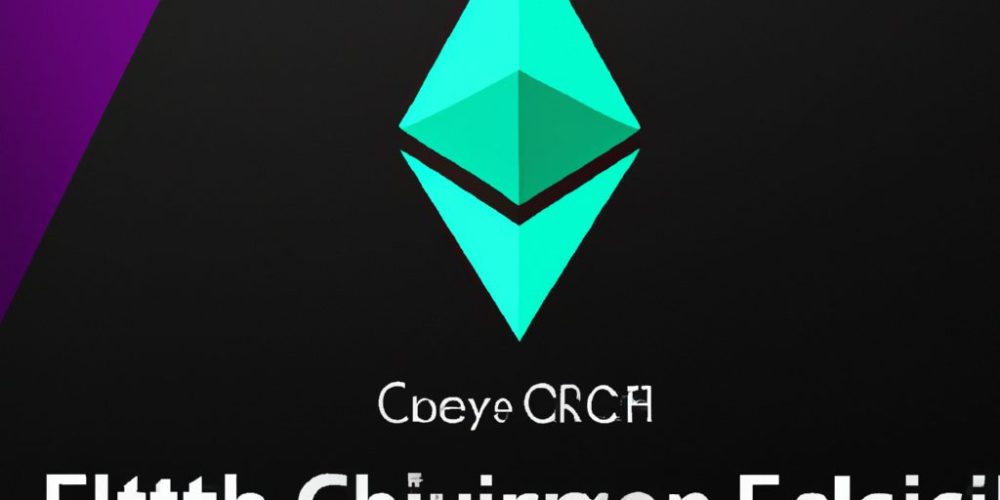In an unprecedented development in the blockchain world, Ethereum Classic (ETC) has recently outpaced Ethereum (ETH) in daily transactions, marking a significant shift in network activity and user preference. This development comes as a surprise to many in the cryptocurrency community, considering Ethereum’s long-standing dominance as a platform for decentralized applications (dApps).
Ethereal Classic’s sudden spike in activity has been attributed to a combination of lower transaction fees and increased adoption by developers and users seeking more stable alternatives amidst the fluctuating gas prices on the Ethereum mainnet. The surge also reflects the growing interest in proof-of-work (PoW) based blockchains, which Ethereum Classic continues to support even after Ethereum’s transition to proof-of-stake (PoS) with its recent “Merge.”
A Comparative Analysis of Transaction Metrics
Data from blockchain analytics platforms reveal that Ethereum Classic’s daily transactions have consistently surpassed those of Ethereum over the past week. Specifically, ETC recorded an average of 1.2 million transactions per day, compared to Ethereum’s 1.1 million. Ethereum Classic’s transactions are not only more numerous but also significantly cheaper, with average fees per transaction hovering around $0.001, compared to Ethereum’s $0.3.
Implications for Developers and Users
This surge in ETC transactions highlights the platform’s growing appeal among developers, particularly those involved in decentralized finance (DeFi) and non-fungible tokens (NFTs), sectors that are traditionally dominated by Ethereum. The stability and lower costs associated with ETC make it an attractive platform for hosting dApps, potentially leading to a more diversified blockchain ecosystem.
For users, the rise of Ethereum Classic could mean more options for investment and dApp usage, fostering a more competitive marketplace that benefits end users through improved services and reduced costs. Additionally, Ethereum Classic’s adherence to the PoW consensus algorithm is attracting users who favor the original mechanics of Ethereum before the shift to PoS, which has been met with mixed reactions from the community.
Market Response and Future Outlook
The market has reacted positively to Ethereum Classic’s rising prominence, with ETC’s price seeing an increase of 20% in the week following the transaction surge. This price movement indicates a renewed investor confidence in the potential of Ethereum Microsoft as a viable alternative to Ethereum, particularly in terms of scalability and cost-efficiency.
Experts predict that if Ethereum Classic can maintain its current trajectory, it may establish itself as a mainstay in the blockchain space, challenging Ethereum’s dominance more directly. This could potentially lead to further innovations and developments within ETC, as it seeks to capitalize on its recent successes.
Closing Thoughts
The overtaking of Ethereum by Ethereum Classic in daily transactions is a watershed moment for blockchain technology. It reflects the dynamic and rapidly evolving nature of the sector and highlights the potential for older blockchain platforms to regain prominence and relevance in a changing digital landscape. As the blockchain landscape continues to mature, the competition between different networks will likely spur further innovation, benefitting the broader cryptocurrency market and its myriad of users.
As this situation evolves, it will be crucial for stakeholders in the blockchain and cryptocurrency sectors to stay informed about the shifts in network usage, developer activity, and market dynamics. Ethereum Classic’s recent performance is a reminder of the inherent unpredictability of the blockchain sector and the continuous opportunities it presents for those willing to engage with and understand its complexities.




